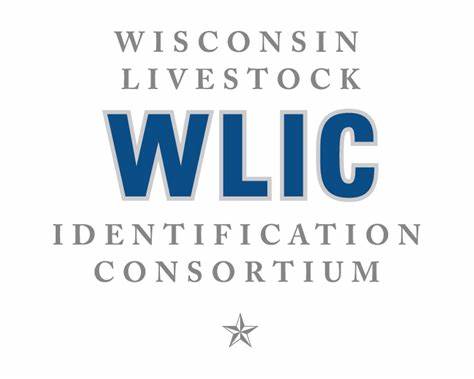
“If you eat, you have a connection to a farmer every day,” said Michael Beisbier, Wisconsin Pork Association President and pork producer. “October Pork Month is an opportunity to refresh the connection consumers have with farmers. Our mission is to produce safe, nutritious food in a responsible manner for families across the United States and around the world.”
In 2008, pork producers adopted six We CareSM ethical principles at the National Pork Industry Forum. The pork industry follows the six guiding ethical principles of the We Care initiative to maintain a safe, high-quality pork supply. Producers are committed to:
• Producing safe food,
• Safeguarding natural resources in all industry practices,
• Providing a work environment that is safe and consistent with the industry’s other ethical principles,
• Contributing to a better quality of life in communities,
• Protecting and promoting animal well-being and
• Ensuring practices to protect public health.
“The ethical principles define our values and who we are,” said Beisbier. “Consumers can be confident that the pork they eat was raised using these ethical principles.”
Pork is the world’s most widely eaten meat, representing 37 percent of all meat consumed, according to the USDA Foreign Agricultural Service. Some 81 percent of the population consumes pork in-home at least once in an average two-week period. As of May 2014, real per capita pork expenditures were up 7.5 percent for 2014 compared with the same time period a year ago.
According to retail scanner data from July 1, 2013 to June 30, 2014, the top five most popular pork cuts sold are boneless New York chops, back ribs, bone-in chops, spareribs and boneless tenderloin. In terms of sales, boneless New York Chops accounted for more than $847 million, back ribs more than $612 million, bone-in chops more than $404 million, spareribs more than $387 million and boneless tenderloin more than $369 million.
“Consumers recognize the versatility of serving pork in their homes,” Beisbier said. “Cook pork until the internal temperature reaches between 145 degrees and 160 degrees Fahrenheit, followed by a three-minute rest, this will ensure flavorful and tender pork on the plate.”






















